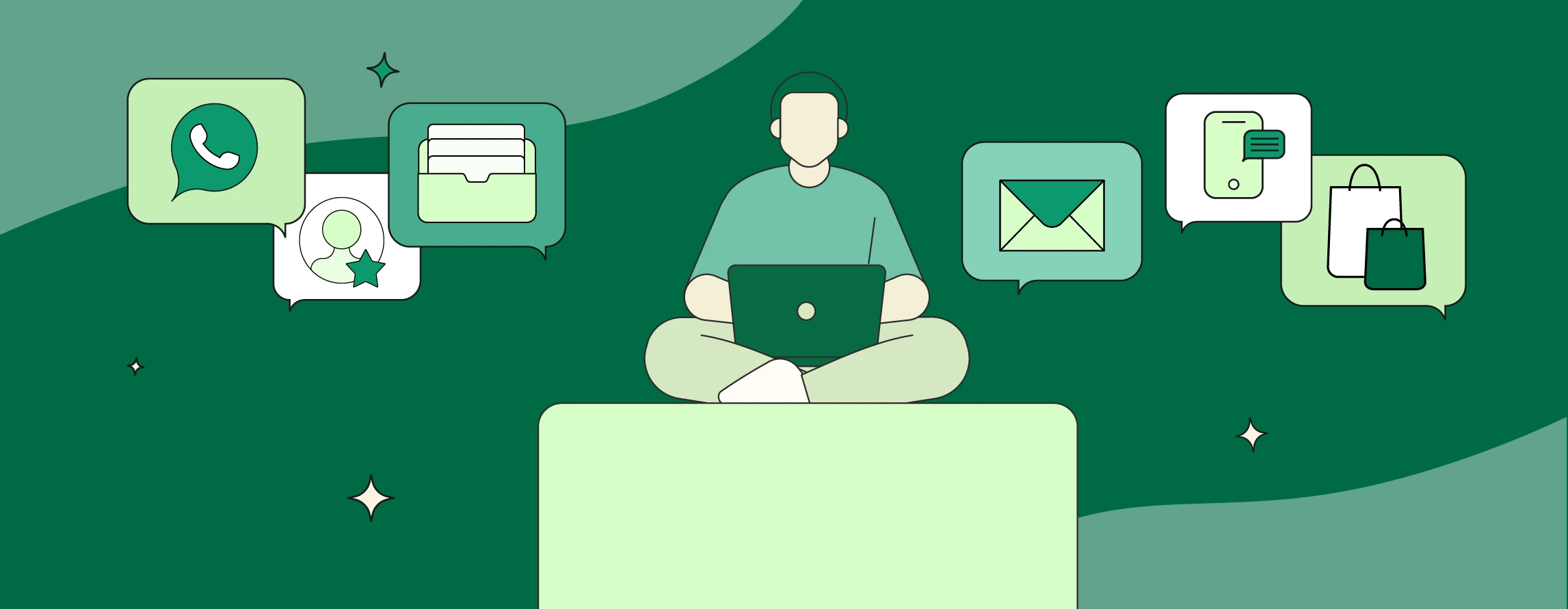Omnichannel marketing has become a foundational strategy for delivering consistent, customer-centric experiences across every touchpoint.
For enterprise brands, the real challenge isn’t deciding whether to connect touchpoints. It’s figuring out how to do it in a way that improves customer experience, drives conversion, and builds long-term loyalty.
Many brands have already mastered omnichannel in creative and effective ways. In this article, we’ll cover how these companies build smarter journeys at every customer lifecycle stage.
This article features 9 examples selected from our 50 real omnichannel campaigns database. Before diving into this curated set, let’s step back.
What is omnichannel marketing?
Omnichannel marketing delivers a unified, consistent customer experience across every touchpoint — online and offline — throughout the entire journey. It ensures that whether a customer starts on social, visits a store, browses a website, or uses an app, each interaction is connected, seamless, and part of a cohesive brand experience.
Here’s how omnichannel marketing maps to each key phase of the customer journey:
- Awareness: Introduce your brand in relevant, contextual, and cross-channel ways, from social media to the physical shelf.
- Consideration: Help prospects evaluate your offer with connected content, personalized nudges, and seamless channel transitions.
- Purchase: Reduce friction with fast, flexible, and consistent buying experiences, no matter where or how customers choose to shop.
- Retention: Keep customers engaged post-purchase with loyalty programs, value-added content, and personalized follow-ups.
- Advocacy: Make it easy for happy customers to share, recommend, and promote your brand across digital and physical spaces.
Approaching these stages of the customer journey with an ‘omnichannel mindset’ creates more scalable, sustainable relationships with customers.
Let’s dig in.
1. Awareness: showing up where your customers are
Awareness means showing up with relevance, consistency, and a clear reason to engage, not just being present for the sake of visibility. The best-performing brands create discovery loops that seamlessly connect paid, owned, and physical channels — and keep customers moving forward without friction.
Coca-Cola: turning packaging into a portal
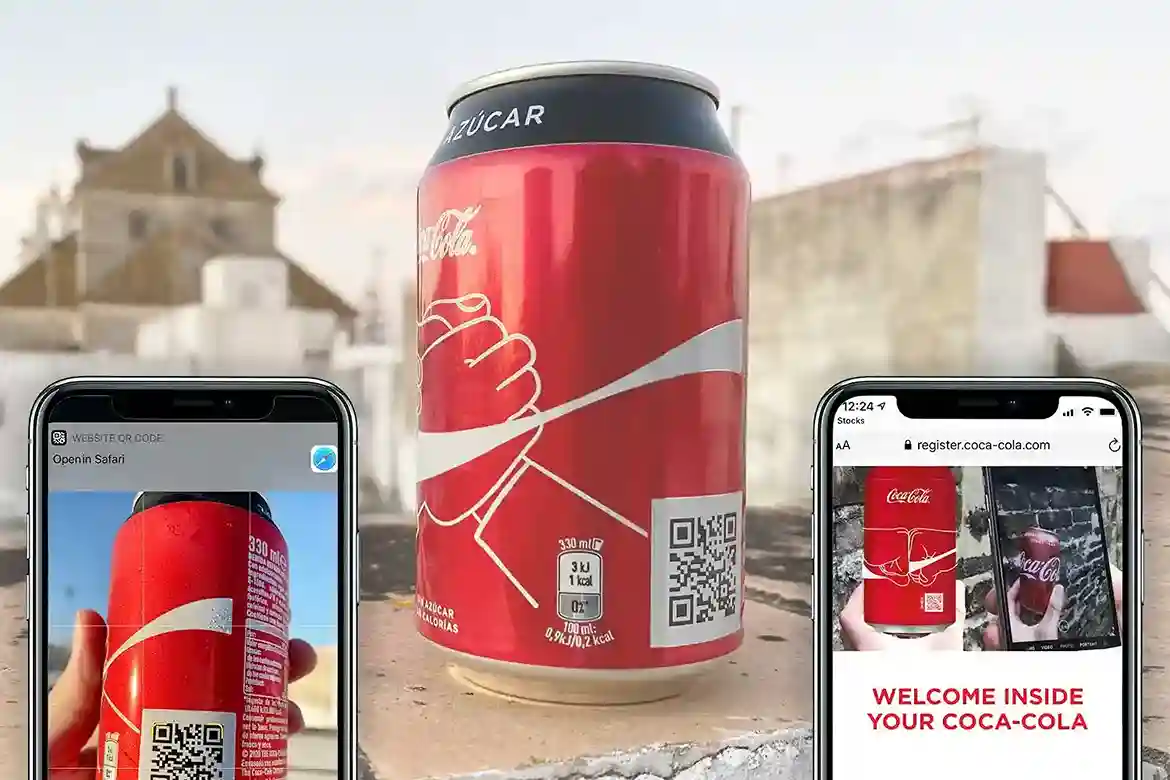
Coca-Cola’s “Share a Coke” campaign is one of the most cited examples of physical personalization, but what’s less often discussed is how it leverages a physical touchpoint to lead consumers to digital ones. By combining personalized labels with QR codes, Coca-Cola invites customers to unlock digital content, games, and rewards directly from the product.
Why is this important?
Because Coca-Cola is nudging customers towards channels that encourage continued engagement and conversion…
How do they do this?
Behind the scenes, they use a CDP to coordinate personalized messaging across email, mobile, and web. By harnessing unified data from existing customers and understanding how they behave across channels, Coca-Cola can apply that knowledge to reach similar audiences more effectively. This data-driven approach supports a seamless journey from shelf to screen.
What is a CDPA customer data platform (CDP) helps you organize and consolidate customer data from various sources. Be it data from in-store and online purchases, website browsing behavior, app usage, or phone complaints, a CDP standardizes this data and brings it together in one central platform, eliminating data silos.
So what? This approach transforms even the most traditional retail interaction into a digital engagement point, proving that awareness doesn’t have to be passive. It can actively pull customers into your brand universe.
Further reading: Navigating the Data Revolution: David Raab on CDPs and AI
Bloom Nutrition: influence meets intent

Bloom kickstarts customer interest through creator-driven content across TikTok, Instagram, and YouTube. The infrastructure that connects this discovery to the right sales and retention channels makes the strategy truly omnichannel. Bloom routes customers to Amazon or retail partners depending on where they first interact.
Once a purchase is made, QR codes on packaging and printed inserts pull new customers into Bloom’s digital ecosystem, where tailored onboarding flows kick in. The result is a discovery journey that doesn’t just rely on influence. It builds from it.
So what? Bloom proves that influencer marketing isn’t just top-funnel fluff; it can be the start of a smart, multi-step journey that builds loyalty from the first interaction.
Further reading: 8 Influencer Outreach Email Templates That Get Responses
These examples show how awareness-stage touchpoints serve as invitations into connected brand ecosystems. When campaigns are built to bridge offline and digital interactions from the start, they pave the way for stronger engagement and smoother customer progression into deeper funnel stages.
2. Consideration: making your message feel personal, everywhere
Once someone’s paying attention, the next challenge is staying consistent. Omnichannel consideration isn’t just about product education. It’s about creating a journey that responds to customer context across physical and digital channels in real time.
IKEA: blending physical stores with app-based guidance
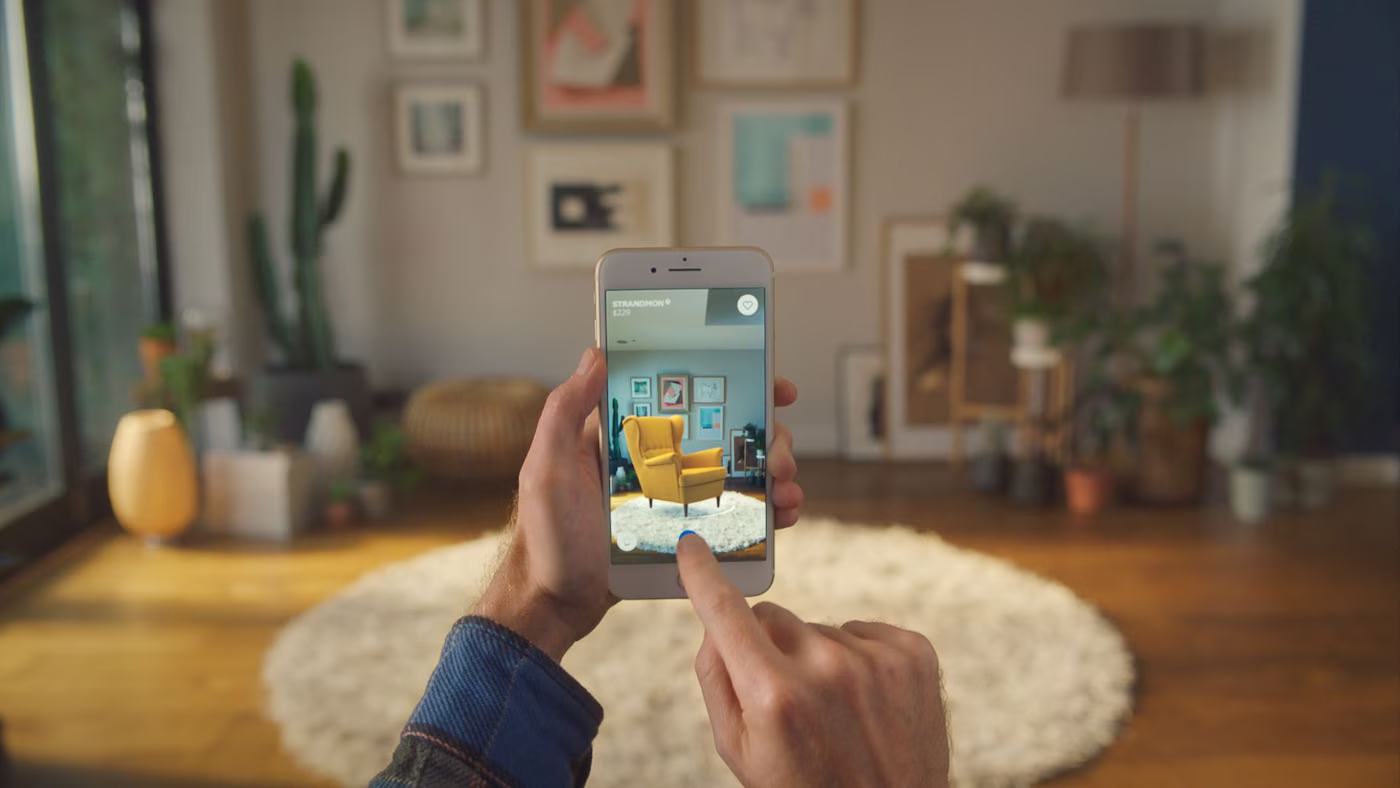
IKEA’s omnichannel experience is engineered for convenience and confidence:
- The IKEA Place app lets shoppers preview products in their homes using augmented reality.
- Mobile barcode scanning and real-time stock visibility link browsing and store visits.
- Localized formats like city-center showrooms allow customers to test, reserve, and pick up products close to home.
Each touchpoint reinforces the next, helping customers progress from exploration to decision without friction.
So what? IKEA’s practical tools ease evaluation and motivate action. Customers can move effortlessly from digital exploration to physical interaction, increasing both confidence and conversion.
Reformation: styling journeys with substance

Reformation approaches consideration by making each interaction feel tailored and intuitive:
- Inventory is synced across online and physical stores to support seamless browsing and purchasing.
- In-store styling kiosks and CRM tools allow staff to offer suggestions based on a customer’s browsing history.
- Behavioral email campaigns are triggered by shopper habits and product preferences.
- Social content directs traffic to e-commerce or in-store events, depending on user behavior.
This orchestration ensures that shoppers receive relevant support and suggestions, no matter where they engage.
So what? Reformation uses data and digital tools to create a thoughtful and personalized path to purchase. This strengthens customer intent and encourages progression toward conversion.
Consistency and context matter more than ever at the consideration stage. Brands like IKEA and Reformation show how omnichannel thinking can transform evaluation into action, not by shouting louder, but by showing up smarter.
Using marketing automation to nurture leads can seamlessly guide new customers into your brand world, boosting initial engagement and laying the foundation for a long-term relationship.
Further reading: 12 Marketing Automation Scenarios Every Retail Business Must Have in Place
3. Purchase: reducing friction at the final mile
Once a customer is ready to buy, the goal is to remove any remaining obstacles. An effective purchase experience should be fast, flexible, and aligned with customer preferences, offering added value and convenience across all touchpoints.
SumUp: payments that adapt to every touchpoint
SumUp supports small and midsize businesses with enterprise-level payment flexibility. Merchants can accept payments through apps, web, SMS, and even virtual terminals—ideal for mobile service providers, pop-ups, and hybrid operations. Tap to Pay functionality allows contactless transactions directly from smartphones.
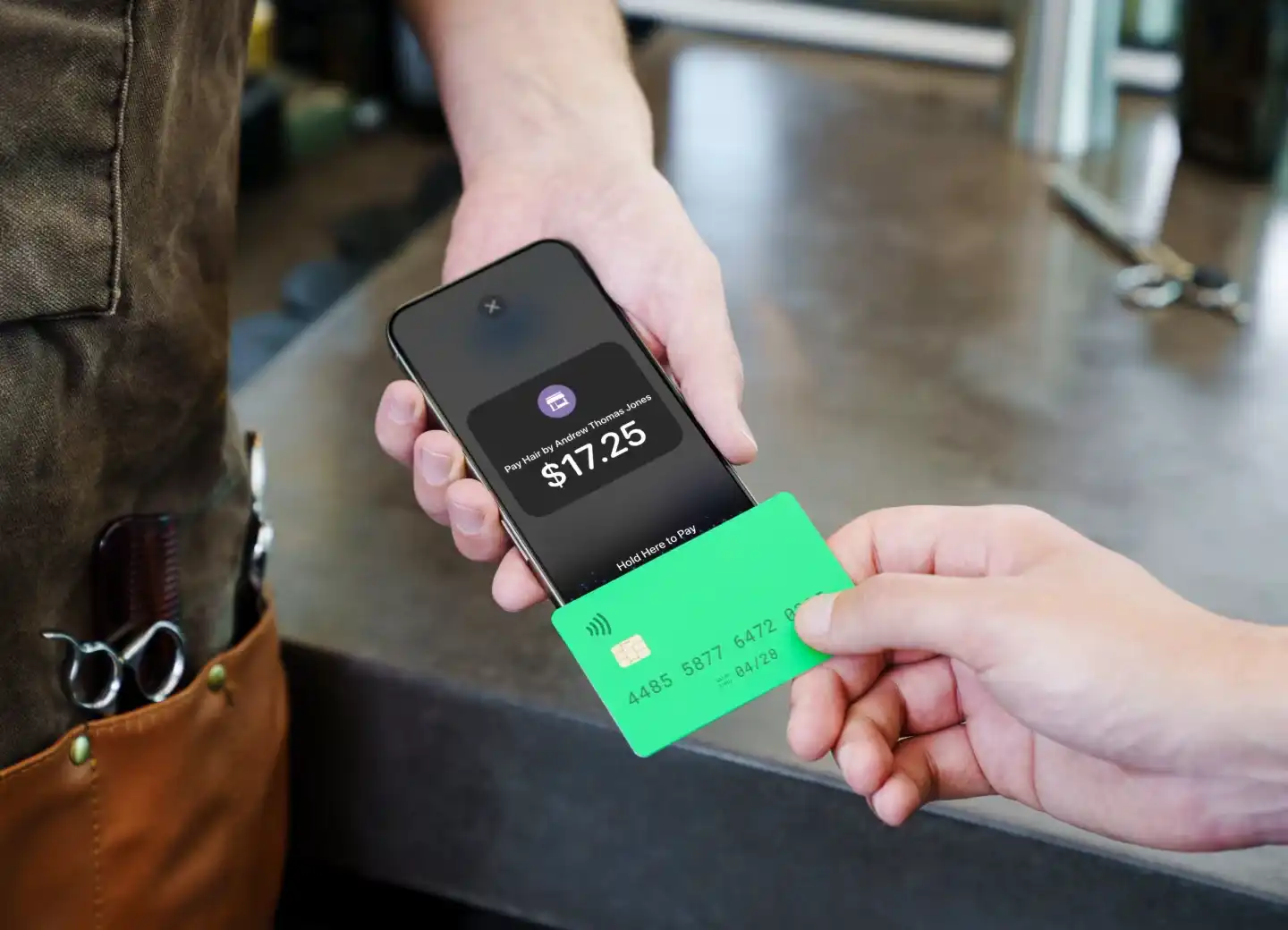
So what? SumUp shows how payment systems can do more than process transactions. They can enhance ease, flexibility, and continuity for growing businesses that serve customers across multiple formats.
Starbucks: purchase as an extension of loyalty
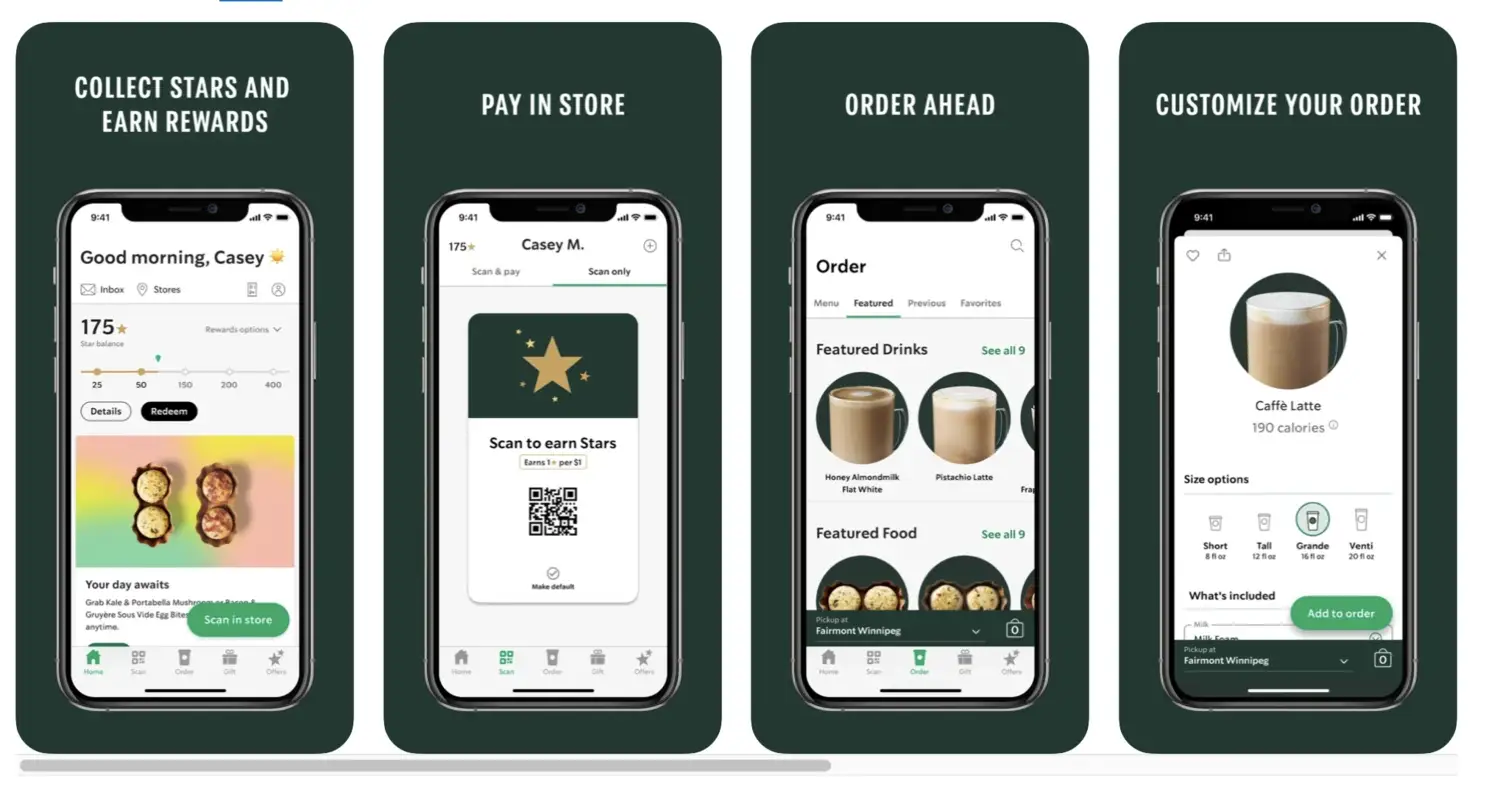
Starbucks redefined fast, digital-first ordering. Their app-based order and pay functionality removes friction during high-volume hours, while mobile order readiness and store-finder tools guide customers to nearby locations. Rewards points can be earned and redeemed across the app, drive-thru, and in-store.
Geofencing technology enables businesses to target consumers based on their exact location. For example, retailers can send push notifications offering discounts as customers approach their stores. Brevo’s Mobile Wallet has geo-fencing capabilities that hold enormous potential for brands that need to get a customer’s foot in the door.
So what? Starbucks makes purchases feel less like transactions and more like a continuation of the journey, reinforcing habits and deepening loyalty with every order.
The purchase phase isn’t a finish line; it’s a moment of trust. Brands like SumUp and Starbucks prove that frictionless checkout, tied to value-added experiences, is where customer satisfaction becomes loyalty.
Further reading: What Is Mobile Wallet Marketing? Use Cases & Best Practices
4. Retention: turning one-time customers into lifetime fans
Once the purchase is done, the real work begins. The brands that master retention are the ones that treat it as an ongoing experience, not a static phase. That means offering continued value, personalized nudges, and moments of delight that evolve with customer needs.
Nike: utility meets loyalty

Nike doesn’t just sell shoes; it helps build habits. Its mobile app ecosystem, which includes Nike Run Club and Nike Training Club, integrates the brand into customers' daily routines. With engaging retail experiences and personalized recommendations, Nike Membership rewards users whether they shop online or in-store.
Nike transforms customer retention into a lifestyle loop by intertwining loyalty, content, and community across various channels.
|
Using Brevo’s loyalty platform, you can easily design a custom program that celebrates customer milestones with flexible rules, program tiers, and personalized offers, fostering deeper connections and making customers feel truly valued.
|
So what? Nike shows how brands can embed themselves into customers’ lives beyond the point of sale, building engagement through value-added services and everyday relevance.
5. Advocacy: turning brand fans into brand builders
Exceptional customer experiences not only retain customers but also create a ripple effect. The best brands provide satisfied customers with the tools and opportunities to share, recommend, and advocate for them. They ensure that this advocacy feels effortless, whether it occurs in-store, through an app, or during travel.
e.l.f. Cosmetics: loyalty that lives everywhere
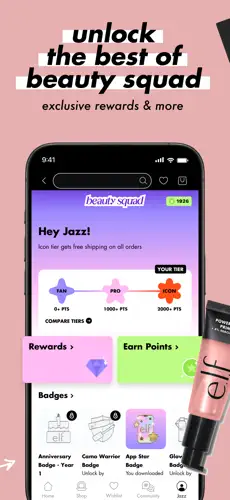
e.l.f. Cosmetics makes it easy to earn and spend loyalty rewards wherever you shop, from their DTC site to major retailers like Ulta and Target. Their Beauty Squad program is unified across platforms, meaning you're rewarded no matter where you buy.
The e.l.f. app deepens engagement through gamified content, early access to launches, and tutorials, while major campaigns like “Brand Recharge” are mirrored across web, email, app, and retail displays. It’s a masterclass in letting the customer choose the journey, without sacrificing consistency.
So what? e.l.f. shows that giving customers consistent incentives and recognition makes it easier for them to engage repeatedly and advocate naturally.
Further reading:
- Decoding Loyalty Programs - Brevo’s key insights to building loyalty programs that strengthen customer connections.
- Loyalty Benchmark Report - insights from over 250 customers on trends and best practices in loyalty program usage.
Singapore Airlines: omnichannel service, inflight and beyond
Singapore Airlines doesn’t limit omnichannel to marketing; they apply it to their commerce experience. Their KrisShop platform lets customers browse and buy before, during, or after a flight, with fulfillment delivered in-flight or to your door.
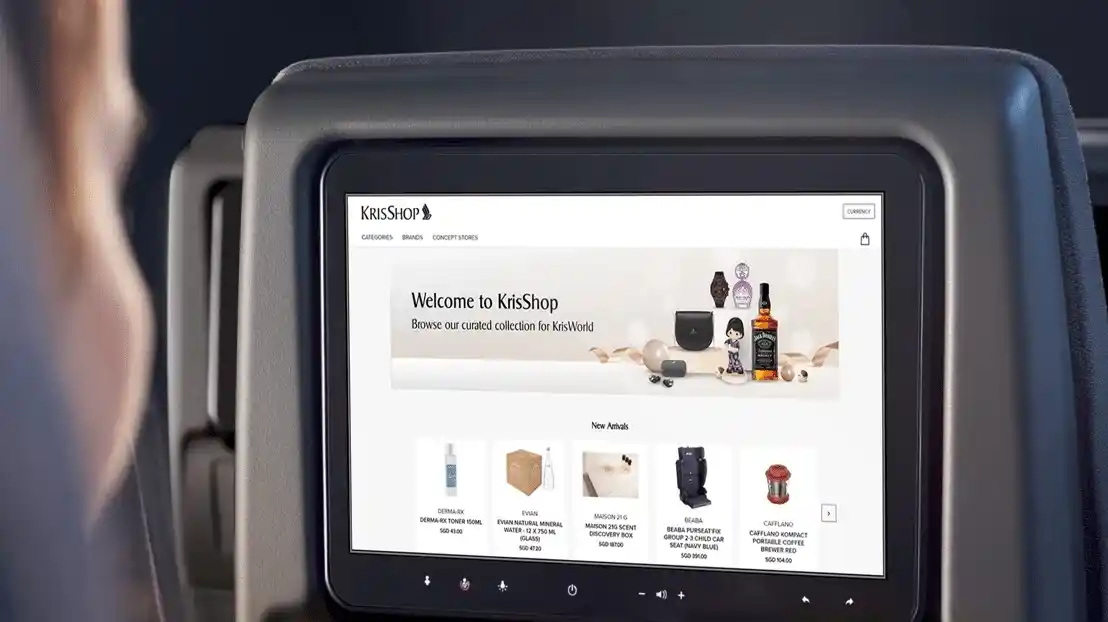
KrisFlyer loyalty points can be earned or redeemed across flights and KrisShop purchases, while AI-powered personalization tailors recommendations across the app, web, and onboard screens. This holistic experience makes it easy for travelers to become advocates without ever feeling like they left the journey.\\
Wallet marketing allows businesses to connect with customers through Apple Wallet and Google Pay, sending push notifications without an app. It’s perfect for loyalty programs and events, allowing updates and unlimited notifications for coupons, loyalty cards, invitations, and e-reservations.
So what? Singapore Airlines proves that when loyalty and commerce are unified across digital and physical touchpoints, advocacy becomes a seamless next step, not an extra ask.
Advocacy doesn’t happen by chance; it’s built through consistent, rewarding, and integrated experiences. When customers feel valued throughout every interaction, they become your most powerful promoters.
Conclusion
The best omnichannel strategies aren’t about being everywhere but about being everywhere with purpose. From discovery to loyalty, brands like the ones above show how to build connected journeys that feel intuitive for the customer and powerful for the business.
Across all five stages of the customer journey, one thing holds true: connected experiences convert better. Omnichannel thinking delivers by blending physical and digital touchpoints, using data to personalize interactions, or simply making it easier for customers to pick up where they left off.
This article just scratched the surface. We've got more real-world campaigns, from e-commerce to travel, beauty, banking, fitness, and beyond, mapped across the full journey.
